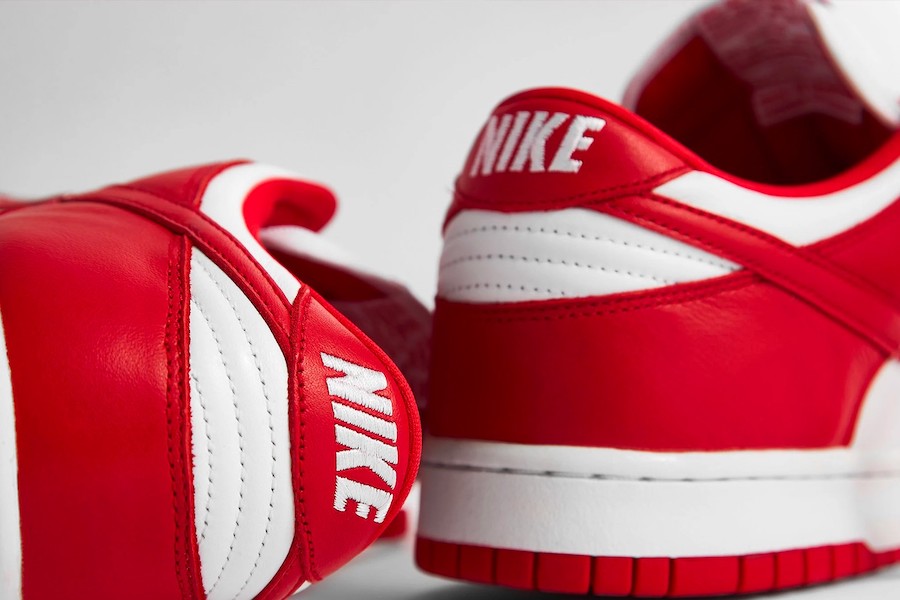Many people will look back on the year 1987 with a heavy heart. During this 12-month period there were a number of catastrophic events that rocked the world to its very core, including the Unabomber bombing of Salt Lake City, numerous plane crashes and the Black Monday financial crisis.
But while 1987 will largely be remembered for the tragedy that unfolded, it’ll also go down as a seminal year in the history of trainers. For this was the year the Nike Air Max was born.
Fast-forward 33 years and it’s difficult to imagine life before the arrival of this integral facet of street fashion. The innovative trainer truly revolutionised footwear at a time when a struggling Nike needed it the most, and without it the sportswear behemoth simply wouldn’t be where it is today.
Thousands of releases later, and the design’s long-lasting impact has meant we’ve all become accustomed to its presence. However, the unlikely story behind the arrival of the Air Max is one of courage, inspiration and even a little bit of luck.
The year is 1981 and, unbeknown to him, architect and fashion novice Tinker Hatfield was just a few short years away from transforming the world of footwear forever.
Nike hired Hatfield to design some of the buildings at the company’s Oregon location, and after impressing his employers with his visionary approach, he was later asked whether he’d be willing to extend his talents to footwear design. Thankfully, he obliged.
After being given free reign to conjure up something off the cuff without the constraints of a design brief, Hatfield set to work on producing something special the likes of which the world had never seen.
The Nike Air technology was nothing new. The Air Tailwind, released in 1978, was the first trainer made by the brand to feature little pockets of air that provided extra comfort for the wearer.
The Tailwind’s unique design feature was hidden inside the sole, but Hatfield felt this was a mistake. After being inspired by a building he saw in Paris that features a capsule-style, glass corridor, he came up with the idea of exposing the gas-filled pockets for all to see. This would offer something far more striking and attention-grabbing, which was exactly what the market was craving in the mid-80s.
The decision proved to be a master stroke. With buyers in awe of the barrier-busting design, the first iteration of Nike Air Max flew off the shelves in record time. Nike’s sales sky-rocketed off the charts, repositioning the brand as the market leader, and the rest, as they say, is history.
Over 3 decades and thousands of designs & colourways later, this mainstay of the sneaker sphere is still at the very forefront of cutting-edge design. The Air Max truly cemented Nike’s position as the world’s number 1 sportswear brand, and while it’s impossible to say where the company would be today had they pushed back on the unconventional project, one thing we do know is the future of sneaker design would have looked a whole lot different if it wasn’t for Hatfield and his innovative approach.
For the latest new trainers from Nike Air Max, visit Laced.com
